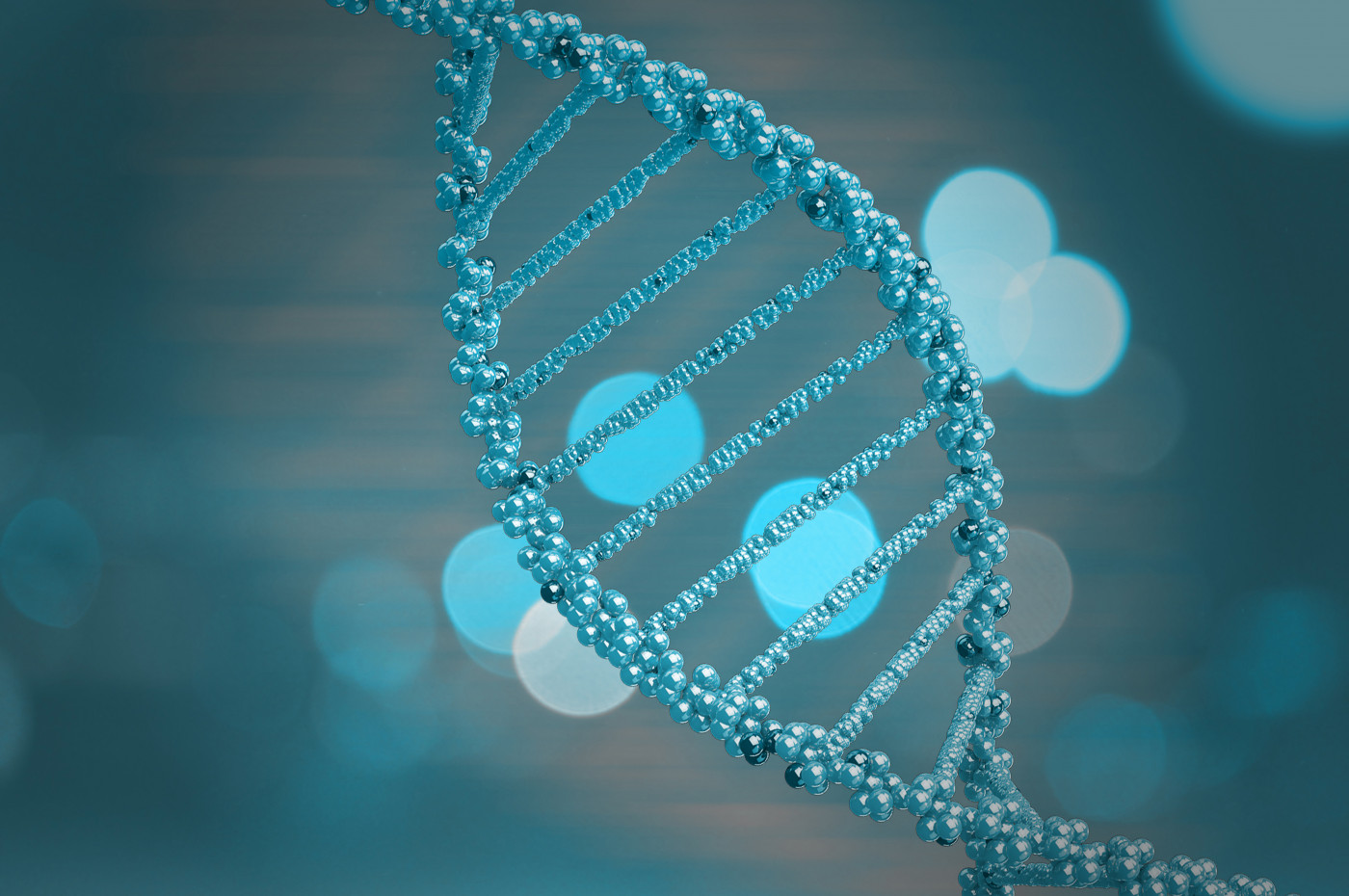Scientists Discover New Mutation in CLN3 Gene Associated with Juvenile Batten Disease
Written by |

Scientists have discovered a new mutation in the CLN3 gene associated with Juvenile Batten disease.
The study, “A novel in-frame mutation in CLN3 leads to Juvenile neuronal ceroid lipofuscinosis in a large Pakistani family,” was published in the International Journal of Neuroscience.
Neuronal ceroid lipofuscinoses (NCLs), also known as Batten disease, comprise five childhood genetic neurodegenerative lysosomal storage disorders characterized by vision loss, lack of motor coordination, and impaired cognition.
In most cases (about 85% of patients), genetic mutations in CLN3 lead to a frame-shift deletion — a deletion that changes the number of nucleotides (the building blocks of DNA) in the gene sequence — that results in the production of a shorter, non-functional protein.
In this study, a group of researchers described a new frame-shift mutation in CLN3 that eliminates one amino acid (the building blocks of proteins) from the CLN3 protein in a consanguineous family (descended from the same ancestor) in Pakistan.
Four members of the family, including two who had passed away from unknown causes, showed signs of JNCL, such as vision loss, seizures, behavioral, and cognitive disabilities. Researchers collected blood samples from all available family members, including the two remaining individuals who showed signs of the disease, one sibling who was asymptomatic, and their parents.
Afterward, they isolated DNA from the samples and used next-generation sequencing (NGS) — a type of modern genetic sequencing technology — based on a panel of 545 gene candidates associated with epilepsy, intellectual disabilities, or autism spectrum disorders (ASDs) to look for genetic defects.
Results showed that all family members who showed signs of JNCL carried two copies of a likely-pathogenic mutation in the fourth exon of the CLN3 gene (c.181_183delGAC) that had never been described in the literature. (An exon is the coding sequence of a gene that provides instructions to make proteins.)
The new frame-shift mutation eliminated one amino-acid, called aspartic acid, from one region of the CLN3 protein sequence that usually is highly-conserved. Aspartic acid is an important amino-acid for enzymatic activity and for maintaining the constant electrical charge of proteins.
“The deletion of the highly conserved [aspartic acid] might therefore result in conformational [structural] changes of the final protein and hence may affect its stability, localization or interactions with other interacting proteins,” the researchers wrote.
“Our finding adds to the genetic variability of Juvenile neuronal ceroid lipofuscinosis associated with CLN3 gene and a predicted CLN3 protein interacting domain site,” they concluded.




